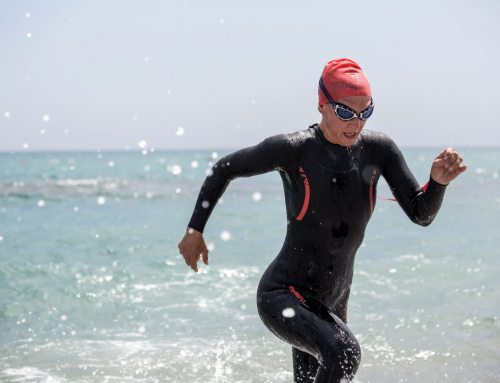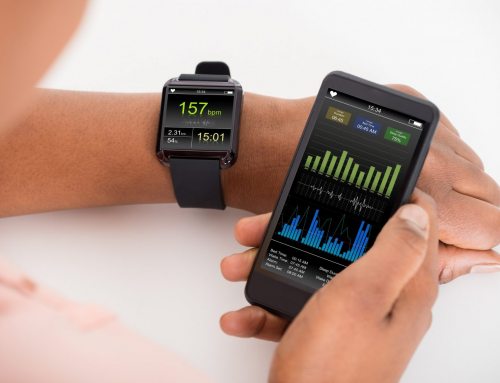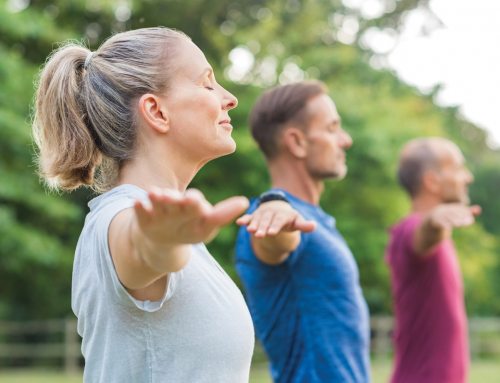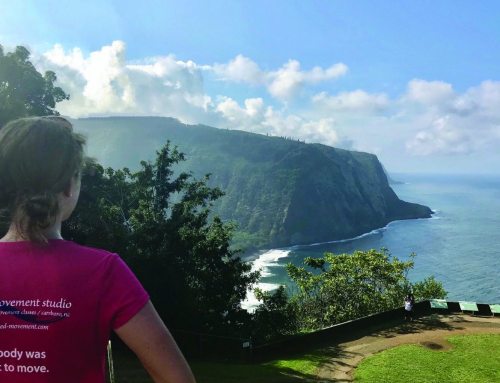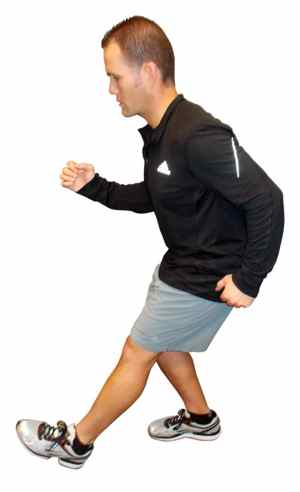
By Brian Schiff
The biomechanics of running revolve around single limb support. Many runners have muscle imbalances that lead to asymmetrical loading and injury patterns. In light of this, dynamic balance training is critical for injury prevention and optimizing running economy.
Keep in mind that poor balance can be a symptom of core weakness, poor pelvis stability, lower extremity weakness, decreased flexibility, faulty motor patterns and pain. Footwear can improve support and aid ankle stability, however, poor proximal core and hip control often leads to excessive knee collapse inward and unwanted pronation.
With this in mind, assessing dynamic single leg balance and training it routinely is a smart strategy. Single limb stability and balance becomes even more critical for trail runners and those competing in mud runs and warrior dashes.
Shoes provide added support during balance tasks. Therefore, I suggest working in them initially with balance training. As you master form, training without them will increase the difficulty of the activity and facilitate enhanced activation of the intrinsic muscles of the foot and entire lower leg.
The following dynamic exercises can be used to improve balance, strength and single limb stability.
- Forward/backward reaches – Balance on one leg and slowly reach the unsupported heel forward, making sure the support leg knee is in line with the second toe. Pause just prior to losing balance and then move the unsupported toes back beyond the body just prior to losing balance. Perform 10 repetitions on each side.
- Single leg stiff legged dead lift – Standing on one leg (slightly bent knee), bend forward at the hips, keeping a flat spine throughout. Pause at the bottom as you feel tightness in the hamstrings and prior to rounding the back, and then return to a full upright position. Perform 10 repetitions on each side.
- Single leg squats – Standing on one leg, slowly reach the the fingertips toward the floor. Lightly touch and return upright. The knee should once again stay in line with the second toe. Perform 10 repetitions on each side.
As you master form, additional weight (kettlebells, dumbbells or a medicine ball) can be used to provide more resistance for exercises 2 and 3. Remember that ankle motion directly affects knee and hip mechanics. Therefore, minimizing pronation and maintaining a neutral arch is ideal. With that said, disruptions in foot and ankle position during training and racing are natural, so incorporating this type of training two to three days per week will improve lower limb alignment and stability and running mechanics while reducing the risk for running-related overuse injuries.
# # #
For more information on the FMS and running evaluations, contact Athletes’ Performance at Raleigh Orthopaedic. Brian Schiff, PT, OCS, CSCS is a sports physical therapist and supervisor at the Raleigh location of Athletes’ Performance at Raleigh Orthopaedic. The Raleigh and Cary Athletes’ Performance locations currently offer a RunSmart Assessment available in group and individual formats. For more information, visit www.apcraleigh.com or www.apccary.com.


